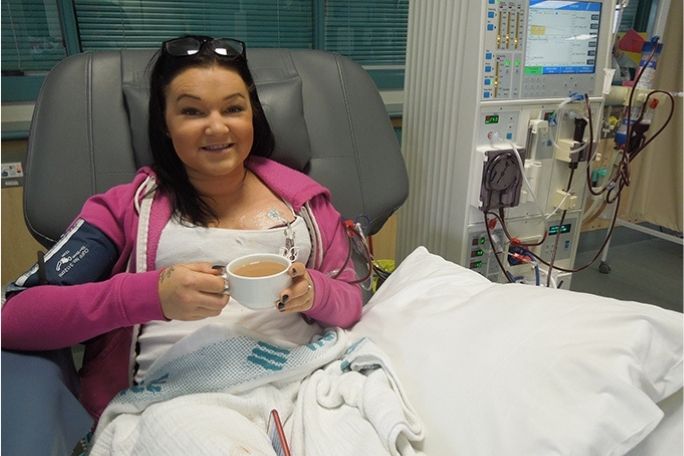Lesson summary
In this lesson, students will consider the statistics and chance associated with investigating a real world problem. They will view a short clip from Dying to Live that features the story of Woody, the recipient of his third kidney transplant. As students investigate the issues concerning kidney transplants, they will use statistics to develop an infographic poster. They will also consider issues concerning deceased organ donation and the impacts these will have on the odds involved with receiving a transplant.
Learning intentions:
Students will...
- be able to develop a mathematical model based on real-world information
- be able to collect and manipulate statistical information to determine probabilities
- understand the general process of organ transplantation
- will be able to investigate and understand issues concerning organ donation.
Lesson guides and printables
Curriculum links
Select your curriculum from the options below.
Lesson details
Curriculum mapping
Australian curriculum content descriptions:
Year 9 Mathematics:
- List all outcomes for two-step chance experiments, both with and without replacement using tree diagrams or arrays. Assign probabilities to outcomes and determine probabilities for events (ACMSP225). Note: Tree diagrams have not been included in this lesson.
- Calculate relative frequencies from given or collected data to estimate probabilities of events involving ‘and’ or ‘or’ (ACMSP226)
- Identify everyday questions and issues involving at least one numerical and at least one categorical variable, and collect data directly and from secondary sources (ACMSP228)
Syllabus outcomes: MA5.1-13SP,MA5.1-12SP, MA5.1-2WM, MA5.2-2WM
General capabilities: Literacy, Numeracy, Critical and Creative Thinking, Ethical Understanding
Relevant parts of Year 9 achievement standards: Students calculate relative frequencies to estimate probabilities, list outcomes for two-step experiments and assign probabilities for those outcomes.
Unit of work: Dying To Live – Mathematics – Year 9 & 10
Time required: 90+ mins.
Level of teacher scaffolding: Medium – guide students through the development of an infographic poster and provide mathematical modelling support.
Resources required
- Student Worksheets – one copy per student
- Device capable of presenting a video to the class
- Device capable of accessing internet and creating infographics – one per student or pair
- Kidney Transplant Factsheet – one per student
- Infographics Planning Tool – one per group
Skills
This lesson is designed to build students’ competencies in the following skills:
- Communication
- Collaboration
- Creativity
- Critical thinking
- Ethical understanding
- Social skills
Additional info
Dying To Live is a documentary feature film that examines organ and tissue donation and transplantation in Australia through seven different stories that highlight the social, physical and emotional effects of being on the organ donor waiting list. The film also aims to dispel myths about organ and tissue donation while encouraging family conversations so that family members are aware of their loved ones’ donation intentions. Find out how to screen or view the film here.


Welcome back!
Don't have an account yet?
Log in with:
Create your free Cool.org account.
Many of our resources are free, with an option to upgrade to Cool+ for premium content.
Already have an account?
Sign up with:
By signing up you accept Cool.org's Terms and Conditions(Opens in new tab) and Privacy Policy(Opens in new tab).